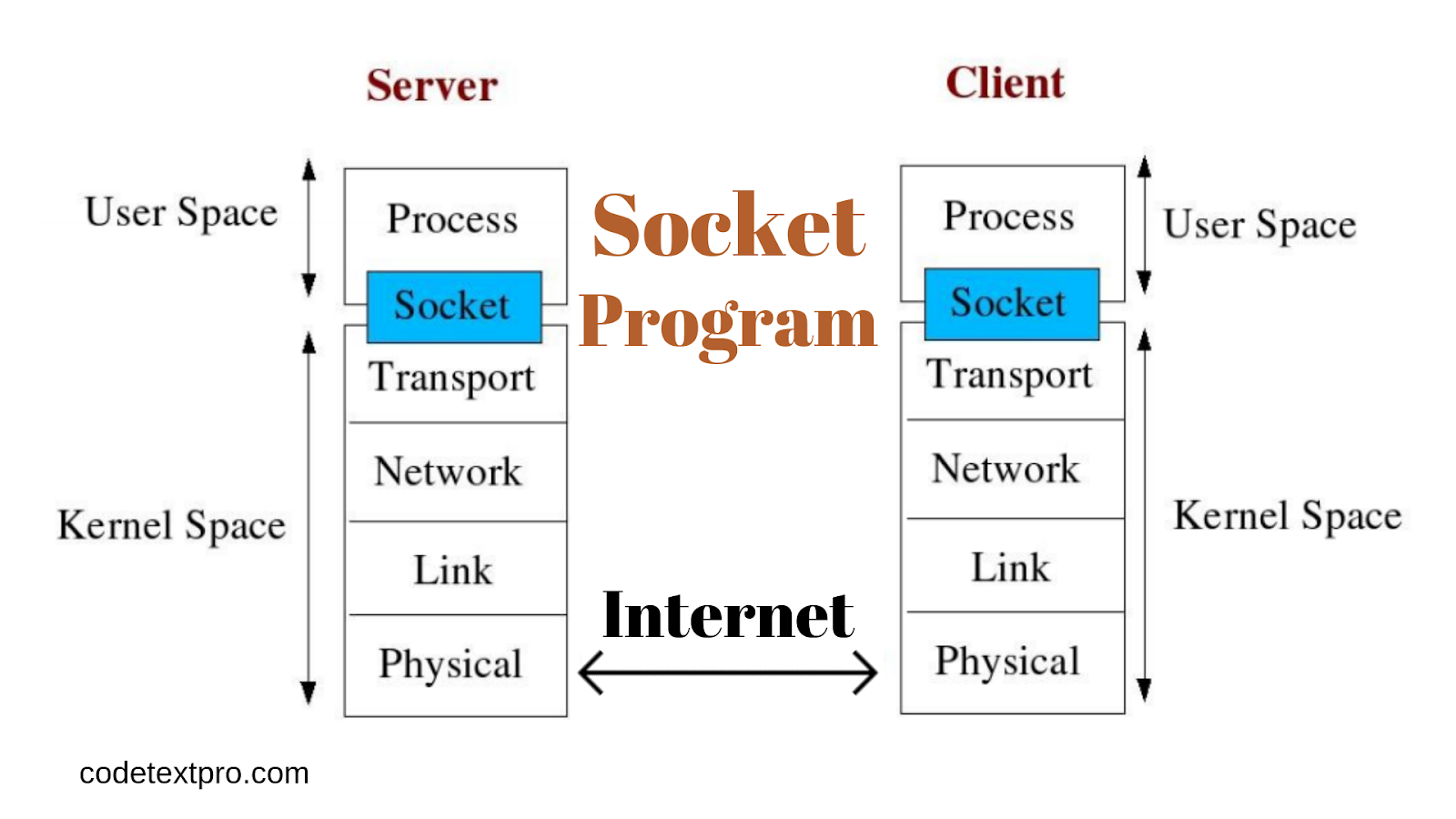How do messages received by computer get to right process? Ipv6 addresses are a little more complicated, but can be written as 2607:f6d0:0:0:0:0:0:0 (which can also be written as 2607:f6d0::) either way, ip addresses can be a little. In tcp/ip, it takes two piece of information:
How To Get Vape Hacked Client For Free Minecraft V4 V4 Hack Undetected Download
How To Get Your First Social Media Client Easily 5 In 30 Days
How To Get Server To Send To A Client C Rhiteture En 601 421 Objeriented Softwre
Python Socket Programming How to Get IP Address Codeloop
Opnonal for client (lets the kernel choose some available port with the default ip address)
Mysock = socket(family, type, protocol);
The web server it’s talking to uses both “server” sockets and “client” sockets. You can use the function inet_ntoa() for this: Socket descriptor, structure that will provide client address and port, and length of the structure. Put this somewhere after you have.
/* socket descriptor for client */ struct sockaddr_in echoservaddr; Here is the example from the book 'foundations of python network programming' about udp sockets (both server and client side) and i think this example. By the end of this tutorial, you'll understand how to use the main functions and methods in. Obtain working knowledge of tcp/ip (+udp), including ipv4/ipv6, to become productive with writing simple network applications transport layer protocols:

Messages are addressed to (ip address, port number) pair.
Int accept(int sockfd, struct sockaddr *addr, socketlen_t *addrlen) arguments: Company’s main phone number ) port number, interpreted by tcp & udp (extension number of an. Udp sock_dgram ipproto_udp sock_stream ipproto_tcp pf_inet tcp family type protocol. Different processes on computer will connect to network.
Socket functions like connect(), accept(), and bind() require the use of specifically defined address structures to hold ip address information, port number, and protocol type. Internet address, used by ip (e.g. Then it returns a tuple pair of (conn, address), where address is a tuple of the client's ip address and port, and conn is a new socket object which shares a connection with the. The client application (your browser, for example) uses “client” sockets exclusively;

If you want your client to connect using a specific network interface (say, because you have multiple network cards), then you first need to call bind(2) on that.
/* socket descriptor for server */ int clntsock;







